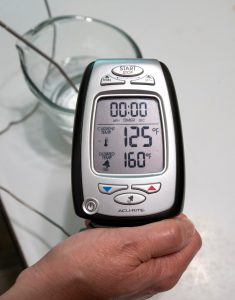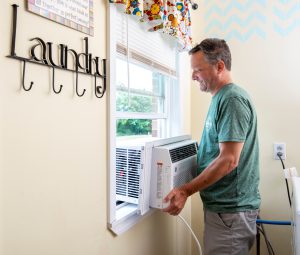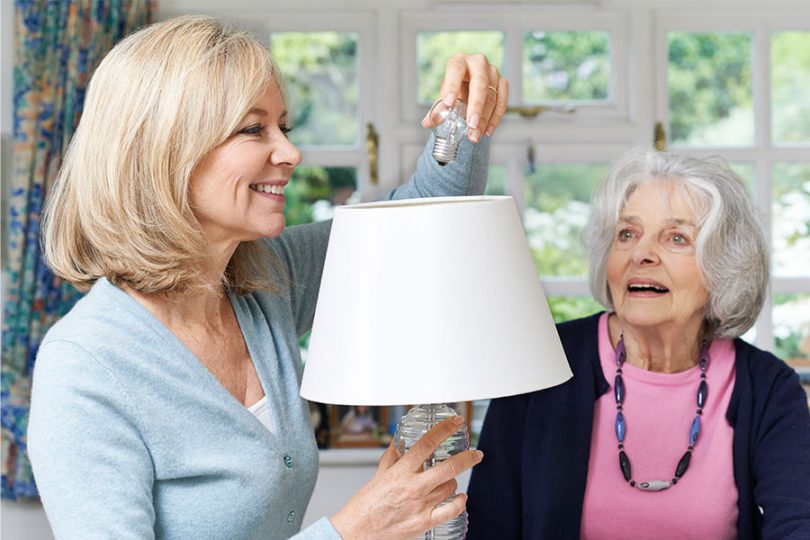By Miranda Boutelle
Helping people feels good. Supporting community is sewn into the fabric of your electric co-op, which is guided by the Seven Cooperative Principles that put the needs of members first. On National Good Neighbor Day, which is September 28 — or any day this month — join in the cooperative spirit and help neighbors save energy at home by sharing these do-it-yourself energy-saving tips.
Tips range in physicality and cost, providing options based on your ability.
Change lightbulbs.
Prioritize changing lights that are used the most, such as incandescent porch lights left on all night. LEDs use about 75% less energy and last up to 25 times longer than incandescent bulbs. Some neighbors can’t climb step stools or ladders, so help them out if you are able. Be sure to check for overhead power lines when using ladders outside.
Swap the filter.
Furnace filters should be checked regularly and replaced when they are dirty. Simply writing down the dimensions of the furnace filter can help your neighbor, who can pick up a pack of new ones in the store or order online.
If you find a really dirty furnace filter, don’t remove it until you have a replacement. Operating your system without a filter allows dirt and dust in the system to go directly to the heating and cooling components, which can damage the system and necessitate costly repairs.
Open the dampers.
Register dampers allow heated and cooled air to properly circulate throughout the home. If you have a central air heating or cooling system, dampers should be left open. The idea that closing registers saves energy is a common misconception. If furniture is on top of dampers, move it to a new permanent spot so it does not block airflow.

Test the water heater temperature using a kitchen thermometer. If it is over 120 degrees, lower the heat setting. Photo Source: Mark Gilliland, Pioneer Utility Resources
Adjust the water heater.
Check the water heater and set it to 120 degrees. Use a kitchen thermometer to test the water temperature. At the faucet nearest the water heater, turn only the hot water on and wait until it gets hot. Let the hot water run into a glass and place a kitchen thermometer in it. Wait until it registers the highest temperature. If the water heater is set too high, you can save energy by lowering the setting.
Keep outdoor units clear.
Clean brush and debris from around the air conditioner or heat pump. If leaves or brush pile up around the outdoor unit of a heat pump or air-conditioning system, it can reduce the airflow, making the system work harder than it should. That uses more energy and can reduce the life of the unit.

Add removing the window AC to your fall winterizing projects. This prevents heat from escaping and wasting energy. Photo Source: Mark Gilliland, Pioneer Utility Resources
Remove the window AC.
By removing the unit before wintertime, the window can close properly. This prevents heat from escaping and wasting energy, and keeps the room more comfortable. Window AC units are heavy and awkward, so this project is best done with a buddy. Get that person to commit to helping put the unit back next spring.
Share energy-saving programs.
Information is a great way to help neighbors save energy, and it’s free. Look into programs your co-op offers and share that information with your neighbor. Don’t forget to check the U.S. Department of Energy for federal tax credits for upgrades.
Miranda Boutelle is the vice president of operations and customer engagement at Efficiency Services Group in Oregon, a cooperatively owned energy efficiency company. She also writes on energy efficiency topics for the National Rural Electric Cooperative Association. For more CCL Energy Tips, click here.

